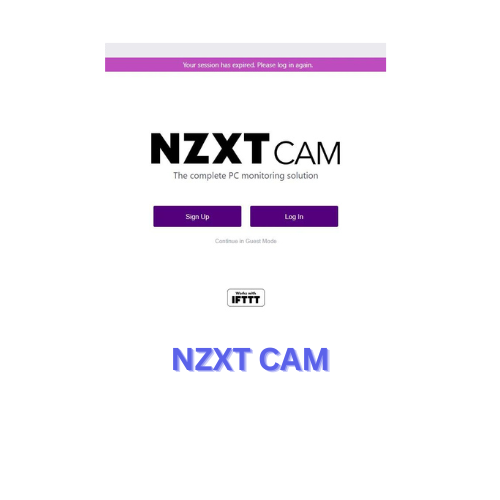In the dynamic world of PC gaming and performance optimization, knowledge truly is power. Understanding your computer’s components and their performance can be the key to troubleshooting issues, making informed upgrades, and maximizing your gaming experience. NZXT CAM, a versatile software solution, provides an invaluable feature – detailed hardware information. In this blog post, we’ll explore how NZXT CAM empowers users with comprehensive insights into their PC’s components and how this knowledge can be harnessed for troubleshooting and upgrades.

The Value of Detailed Hardware Information
Before we delve into the practical uses of NZXT CAM’s hardware information feature, let’s first understand why having detailed knowledge of your PC’s components is essential:
- Troubleshooting: When problems arise with your PC, such as performance issues or hardware malfunctions, identifying the root cause is the first step toward a solution. Having detailed information about your components can help pinpoint the problem.
- Performance Optimization: To get the most out of your PC, you need to know what’s under the hood. Understanding the capabilities and limitations of your hardware can guide you in optimizing settings for better performance.
- Upgrades and Compatibility: When you’re considering hardware upgrades or additions, knowing the specifications of your existing components is crucial. It ensures compatibility and helps you make informed decisions about which parts to upgrade.
Exploring Hardware Information in NZXT CAM
NZXT CAM’s hardware information feature provides a wealth of data about your PC’s components. Here’s how you can access and make the most of this valuable resource:
- Component Overview: Launch NZXT CAM and navigate to the hardware information section. You’ll find detailed information about your CPU, GPU, motherboard, RAM, storage devices, and more. This includes model names, temperatures, clock speeds, and usage percentages.
- System Health Monitoring: Keep an eye on critical parameters such as CPU and GPU temperatures. Abnormal temperature spikes can indicate cooling problems that need attention.
- Historical Data: NZXT CAM often includes historical data, allowing you to review trends in component performance over time. This is particularly useful for identifying long-term issues.
- Compatibility Checks: When planning upgrades or new builds, consult NZXT CAM’s hardware information to ensure compatibility between existing and new components.
- Overclocking Insights: If you’re considering overclocking your CPU or GPU, NZXT CAM can provide detailed information about the current clock speeds and voltages, helping you make informed decisions about your overclocking goals.
Practical Applications
Now that we understand the depth of information provided by NZXT CAM, let’s explore some practical applications:
- Troubleshooting: When encountering performance issues, refer to NZXT CAM to identify components that may be running at high temperatures or experiencing heavy usage. This can help pinpoint the source of the problem.
- Performance Optimization: Use the hardware information to monitor your PC’s performance during gaming sessions. Adjust in-game settings or overclocking parameters based on real-time data to optimize your gaming experience.
- Upgrades: When planning upgrades, consult NZXT CAM to ensure compatibility and identify the most suitable components to replace or add to your system.
- Maintenance: Regularly check the historical data in NZXT CAM to track component health over time. This can help you schedule maintenance or replacements before major issues arise.
In conclusion, NZXT CAM’s hardware information feature is a valuable tool that empowers users with detailed insights into their PC’s components. By leveraging this knowledge, you can troubleshoot problems, optimize performance, plan upgrades, and ensure your PC runs at its peak potential. With NZXT CAM as your ally, you’ll have the power to make informed decisions and maintain a high-performing, reliable gaming rig.